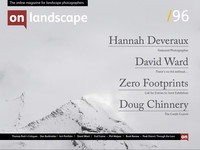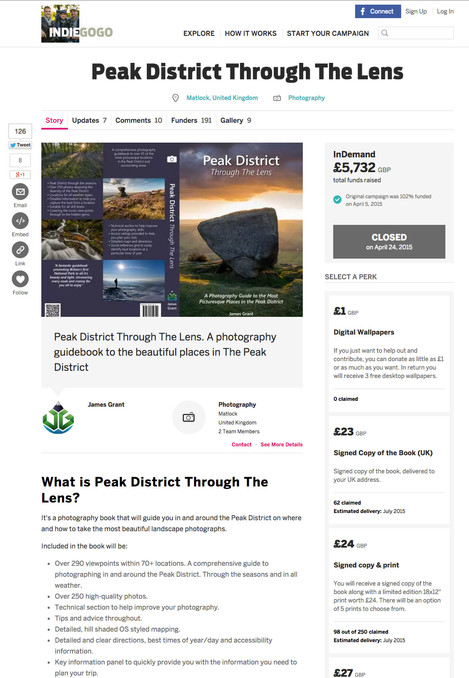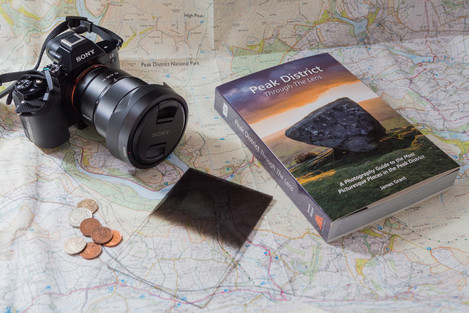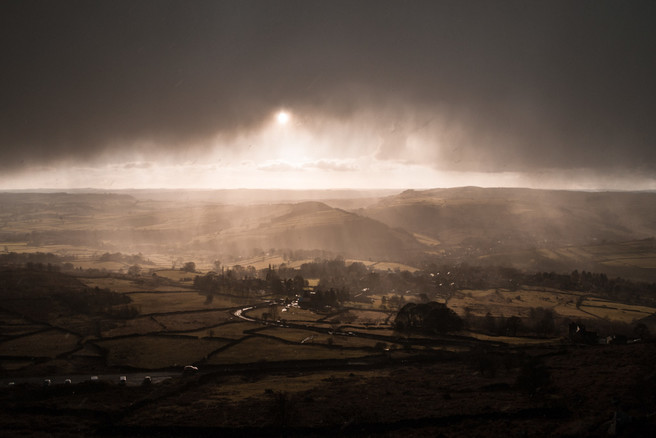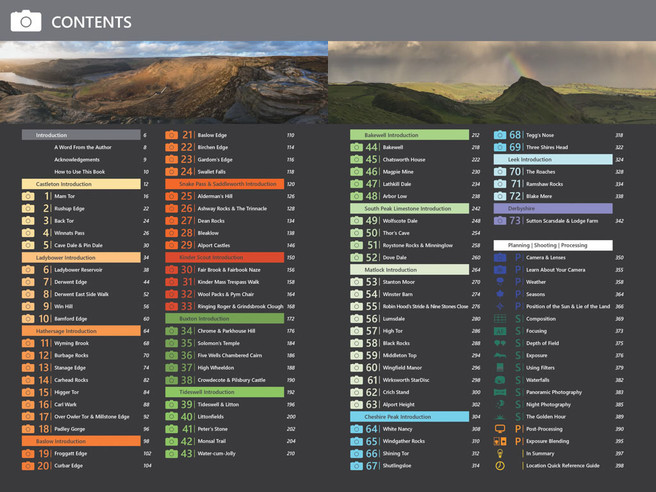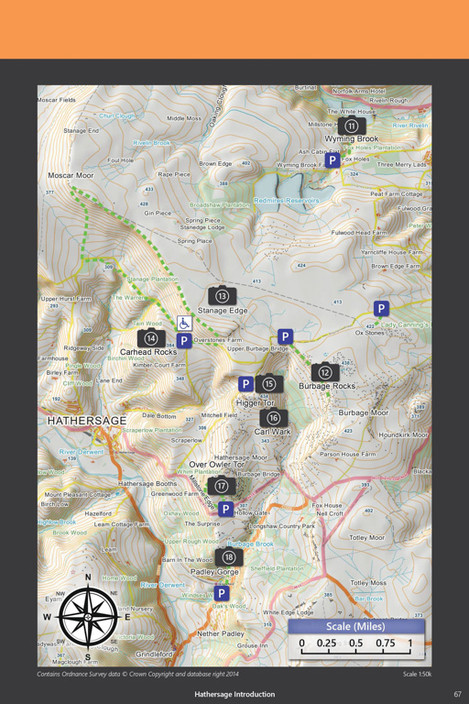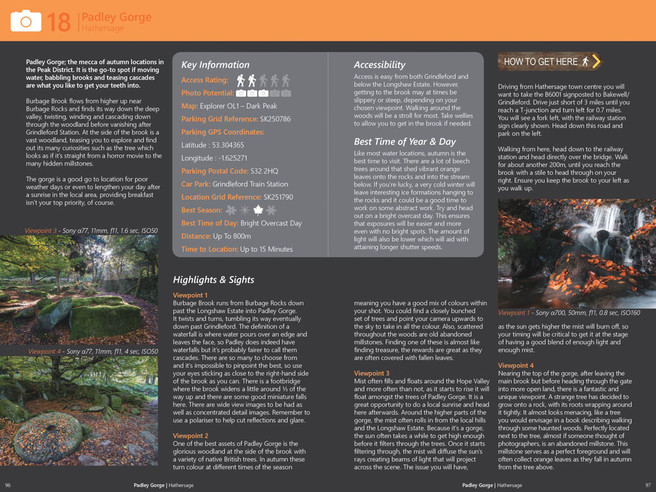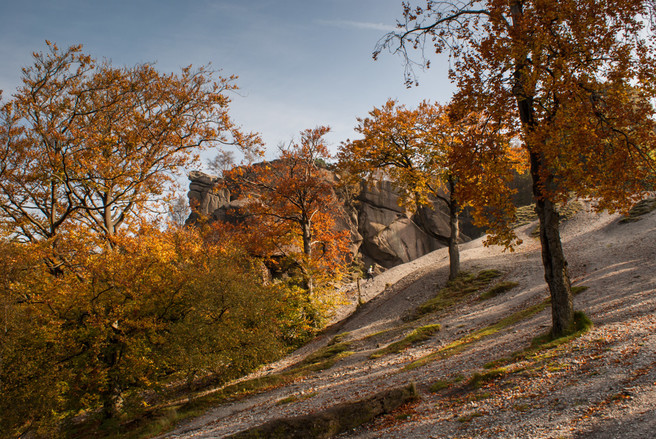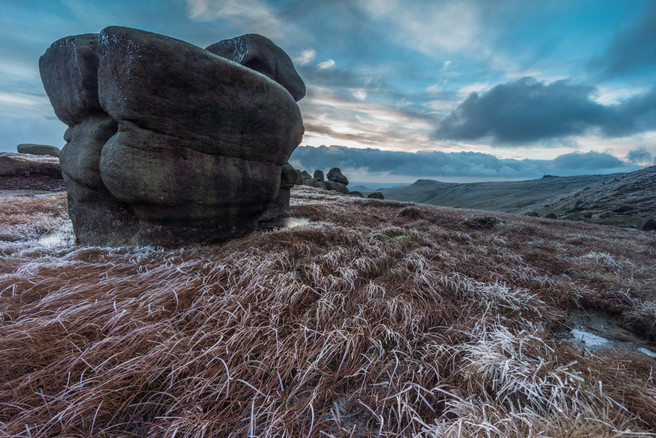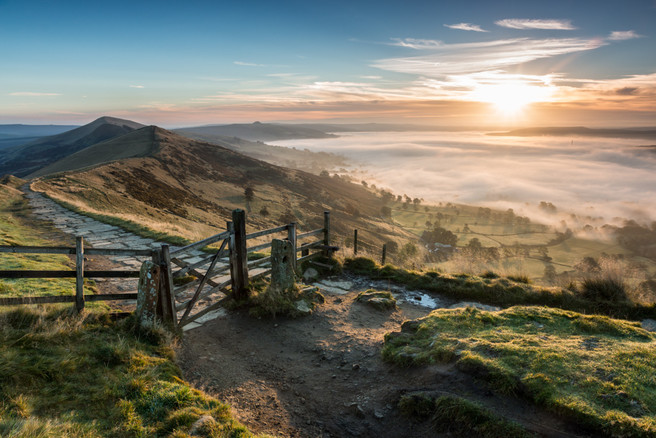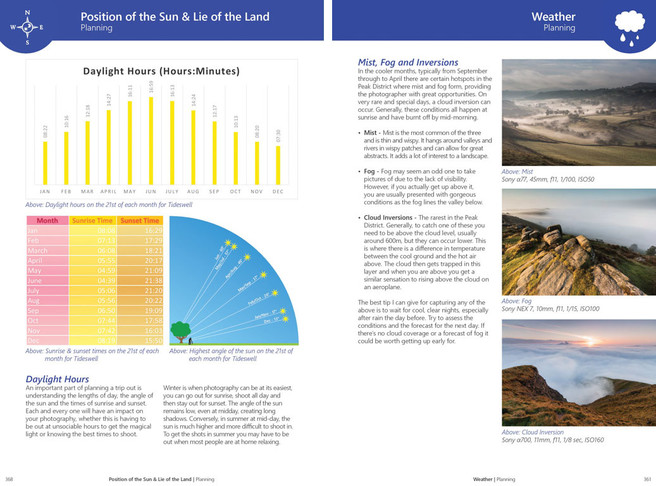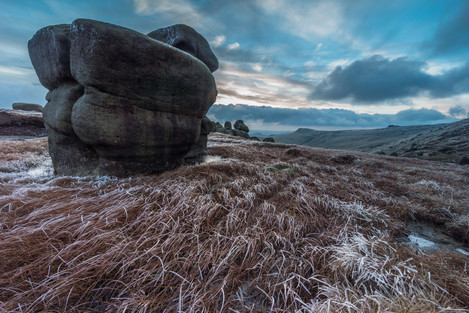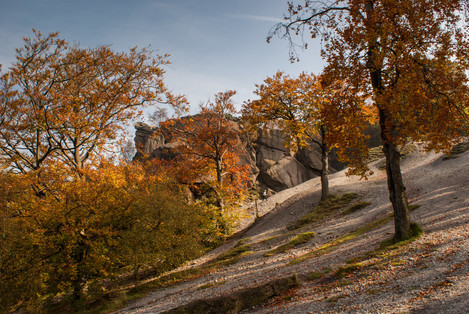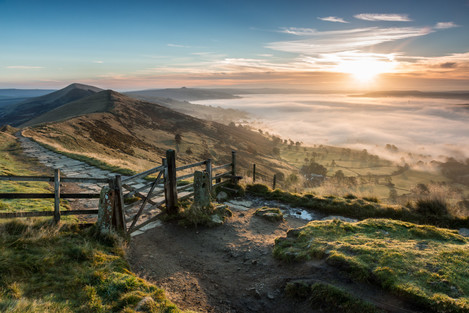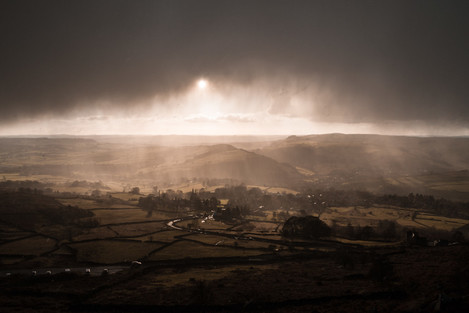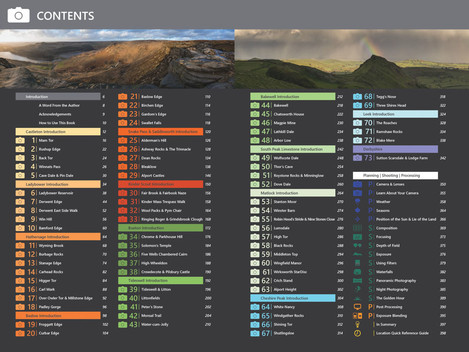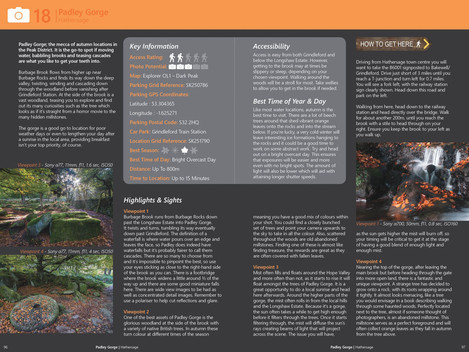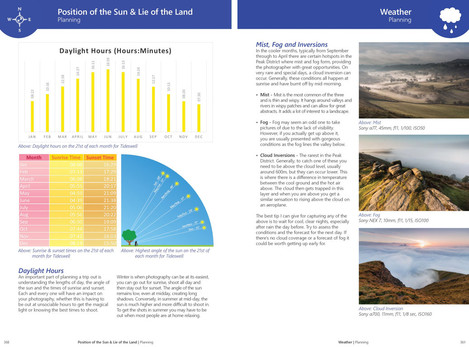Book Review

Tim Parkin
Amateur Photographer who plays with big cameras and film when in between digital photographs.
We recently reviewed “The Photographer’s Guide to the Lake District” and as an introduction to such a large area as the Lakes it performed it’s job very well. It pointed out the highlights and included photographs from some of the UK's best photographers. However to do the whole of the Lake District justice you would have to have a book about 400 pages long and have enough photographic viewpoints to keep you going for every day of the year!
As much as a task that would be to write and photograph it would be an even harder task to convince a publisher to print and distribute it for you. Only a insane photographer would try to achieve that! Well welcome to the mad world of James Grant. Only James lives in the Peak District and so “Peak District - Through the Lens” was born.
Originally the book was going to be produced by fotoVue but that didn’t work out (as often seems to happen in the book world) so James decided to self-publish with the help of the crowdfunding website indiegogo. The interest was obviously there and he raised nearly £6,000 pounds from 191 funders.
And so at that point, all James had to do was create the book - luckily he’d already been photographing the Peak District for the last few years and so I imagine the next year and a bit were spent filling in the gaps and building a repertoire of classic Peak District locations.
And those locations are range far and wide from the South West Peaks with the Roaches, across to Matlock in the South with Alport Castle, up to the North East near Sheffield with Padley Gorge and Surprise view and all the way toward Manchester with Kinder Scout and Saddleworth. This is a LOT of territory to cover!
Organisation
Fortunately the book is broken down into territories. Here’s the contents page to show just how many areas are covered.
The main areas all have a 1:50k or 1:20k ordnance survey style map with shaded contours. This gives enough information to find the locations but I would still recommend you buy the OS 1:25 maps for the areas you are interested in as this book is more ‘biblical’ in weight than pamphlet. However, where James has been able, he has joined together a series of viewpoints into a ‘walk’ - for instance the Ashway Rocks and the Trinnacle have four recommended viewpoints on a 1:20k style map. Here's an example map of Hathersage including the wonderful Padley Gorge.
Each area is broken down into multiple locations - Hathersage has eight areas for instance, Wyoming Brook, Burbage Rocks, Stanage Edge, Carrhead Rocks, Higger Tor, Carl Wark, Over Owler Tor & Millstone Edge and finally Padley Gorge. Let’s take a look at the Padley Gorge section.
The information block in the middle of the page gives us a ranking for accessibility and also it’s photograph potential. It also tells you which OS map you need; car park grid reference, name and postcode; what time and season is best and a longer paragraph on how to access it and what conditions are complimentary. I particularly like the inclusion of wheelchair friendly viewpoints!
A brief introduction to the area tells us a little about the area and then we’re straight into a series of viewpoints. For Padley Gorge we have the brook itself, the woodland by the brook, the mist in the higher areas of the Gorge and finally the millstone on the far side of the river.
Including photographs of each of these viewpoints would make it an even bigger book so James has only included three pictures.
And it should be noted that all of the pictures in the book are James’ and they have a restrained post processing that is more documentary in nature than fine art. They show the look of the location but don’t tell you what compositions you should be using. The images are definitely well taken and processed but the book could so easily have become more about James’ photography than about the locations themselves and I think James should be applauded for his light touch here.
Bonus Content
Not only has James produced a pretty definitive guide to the Peak District, he has also added a whole section at the back on the craft of photography that could have been a book in it’s own right. Here we have 50 pages that give introductory information on choosing a camera, how to use that camera, planning for the weather and light, composition tips, depth of field, dynamic range, graduated filters (we should add that 84.5 camera filters have kindly sponsored the book!), how to shoot waterfalls, night photography, exposure blending, panoramas and finally James’ top tips (which includes the classic “go out in all weather conditions!” - wholeheartedly agree.. ). Not a section for advanced photographers perhaps but it's a real boon for beginners.
Conclusion
The book is a great overall guide to the Peak District. Very few books go into this much depth and if you’re visiting you’ll definitely find things of interest near you.
The only negative things I would say about the book is that it would have been good to have a picture of each viewpoint (possibly a link to James' website if no room) and possibly a map of the viewpoints in each section (some would be difficult to find like the millstone on the ‘other’ side of Padley Gorge. These could perhaps have been included as external links to a website - the same goes for a ‘whole of the peak district’ map showing the locations of each section.
Overall though - a recommended purchase for visitors to the Peak District (and possibly even people who live there!).
If you're interested in the book, James has more information on his own website here or you can click on this link to go directly to the purchase page.
- The Woolpacks
- Mam Tor Gate

